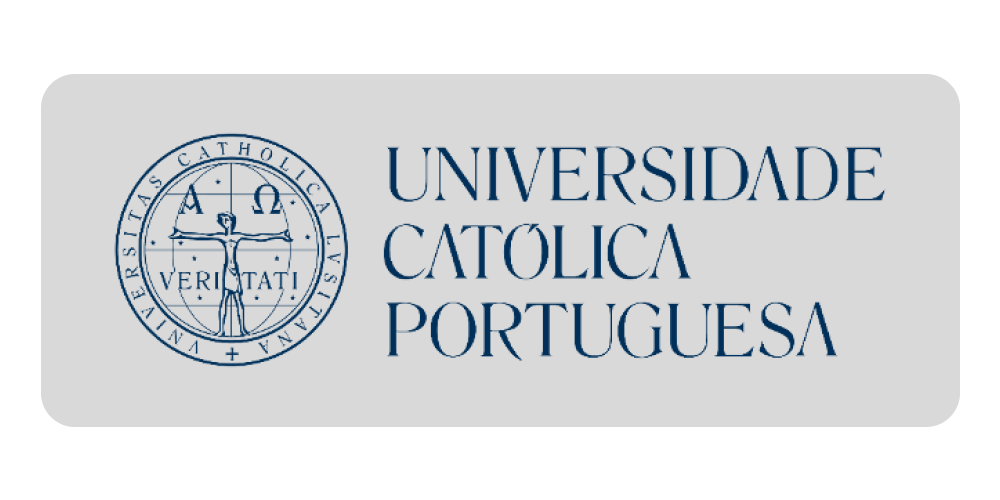'Croatian Conservation Institute'
Hidden in the Visible - Investigating the Altar of St. Rocco from the Chapel in Rokov Perivoj
2013
Croatian
Članak analizira važnost konzervatorsko-restauratorskih istraživanja na primjeru rekomponiranog oltara sv. Roka iz kapele Sv. Roka u Zagrebu kojega je sre-dinom 20. stoljeća zahvatio požar. Istraživanja su bila dvosmjerna: arhivsko-povijesna i restauratorska, a ostvarena je i poticajna suradnja s korisnicima kapele. Arhivsko-povijesnom potragom pokušava se utvrditi porijeklo oltara, a zanimljivi podaci dolaze iz različitih, neočekivanih izvora. Uz redovite postupke i analize uzimanja mikropresjeka, obavljena su dodatna testiranja i mjerenja pH vrijednosti. Postavlja se pitanje bi li utvrđivanje pH vrijednosti trebalo postati dio redovitog istražnog postupka prije poduzimanja konzervatorsko-restauratorskih radova.The paper analyzes the importance of conservation re-search as exemplified by the recomposed altar of St. Rocco from St. Rocco’s Chapel in Zagreb, which caught fire in the mid-19th century. The research was directed in three ways: the archival-historical, the conservation investigation and by way of collaborating with the chapel users. The archival-historical research was aimed at determining the origin of the altar, with interesting records coming from various, unexpected sources. An inscription was discovered on the predella of St. Rocco’s altar, which confirmed that it was the Gradec tailors’ guild that had it made in 1755, as the altar of the Most Holy Trinity, Sts. John the Baptist and Evangelist, directing the research towards St. Mark’s Church.
Visitations from the second half of the 18th century confirmed these findings and revealed the original composition of the altar’s furnishings. The altar of the Most Holy Trinity, Sts. John the Baptist and Evangelist had been removed from St. Mark’s Church along with the rest of the Baroque furnishings during the Schmidt-Bollé renovation in 1881, after which it was probably moved to St. Rocco’s Chapel, where its titular was changed. Conservation investigations confirmed extensive alterations to the architectural structure and iconography of the altar. Sculptures from St. Rocco’s altar, together with the sculpture of St. John the Baptist from the Zagreb City Museum, attributed to the original altar, will be a subject of further research. Along with the regular procedure of taking microsection samples, additional testing was performed and pH values were measured. It was the specific fire injuries to the altar that proved ideal for measuring the surface pH values which could, depending on the results, facilitate the removal of the overpaint. A question is raised of whether the pH-value measurement should become part of the regular research procedure, prior to conducting a conservation treatment
'Croatian Conservation Institute'
Hidden in the Visible - Investigating the Altar of St. Rocco from the Chapel in Rokov Perivoj
Članak analizira važnost konzervatorsko-restauratorskih istraživanja na primjeru rekomponiranog oltara sv. Roka iz kapele Sv. Roka u Zagrebu kojega je sre-dinom 20. stoljeća zahvatio požar. Istraživanja su bila dvosmjerna: arhivsko-povijesna i restauratorska, a ostvarena je i poticajna suradnja s korisnicima kapele. Arhivsko-povijesnom potragom pokušava se utvrditi porijeklo oltara, a zanimljivi podaci dolaze iz različitih, neočekivanih izvora. Uz redovite postupke i analize uzimanja mikropresjeka,...
Preuzmite dokument
Croatian
2013
 Iva Koci
,
Sena Kulenović
Iva Koci
,
Sena Kulenović






